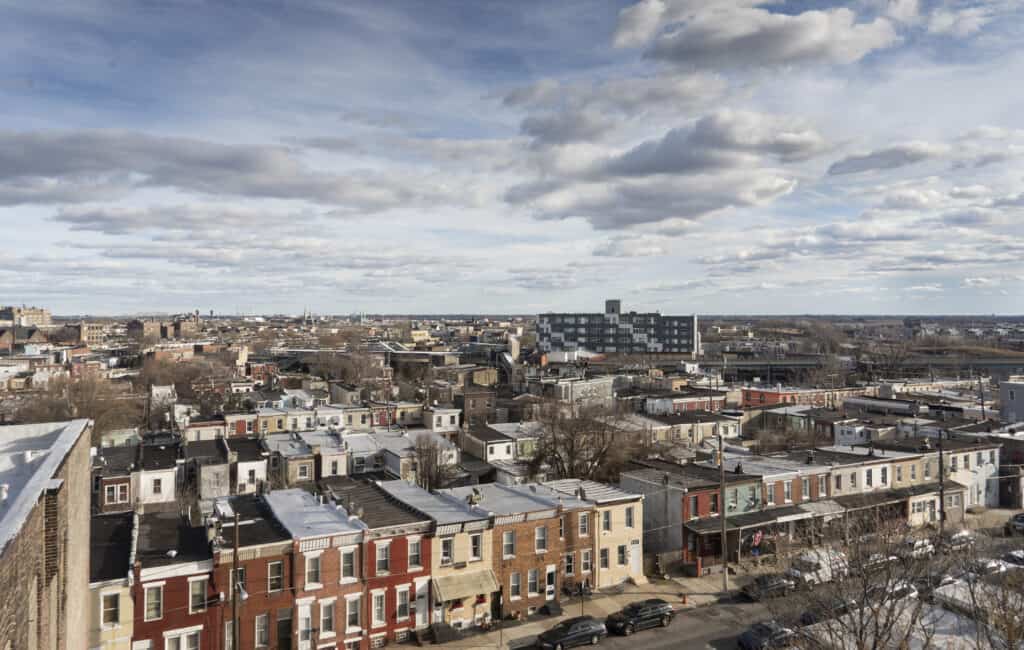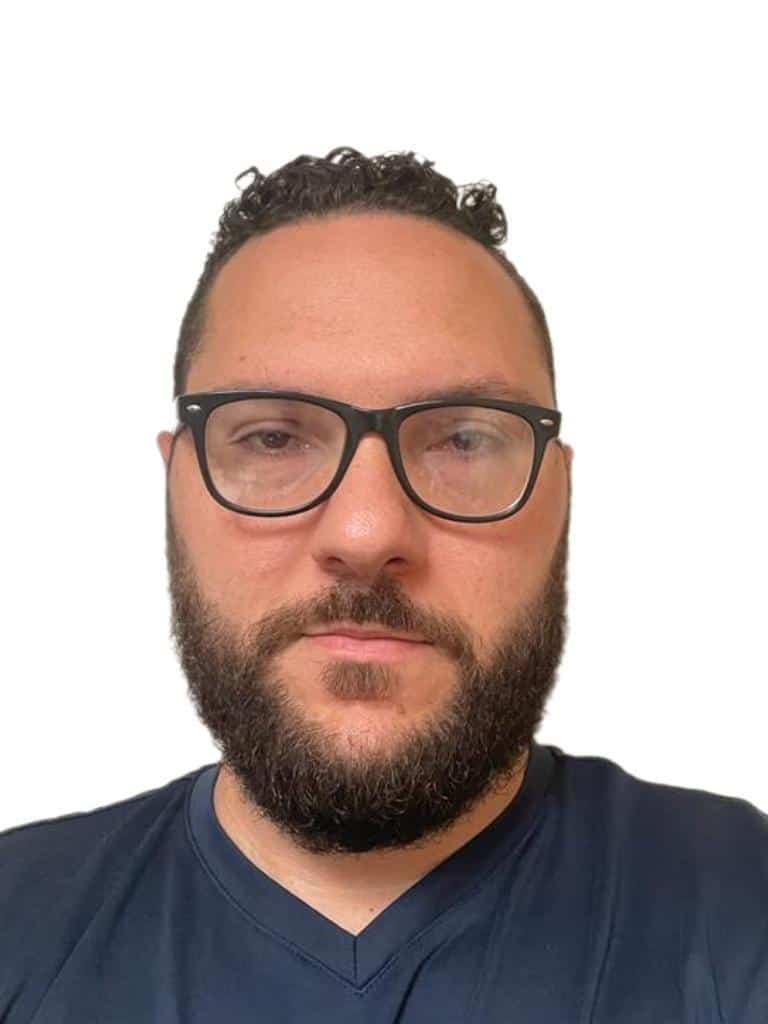Focus Group Report Given at March 2, 2022 Colloquium
Part of Educating Urban Ministers in Philadelphia After 2020 project
We had ten participants confirmed for this focus group; however, one person canceled two days before and three participants canceled the same day. We regret this as three of the participants who canceled were under the age of 30. Our participants in this focus group ranged in age from 35 to 73 years old. Among the participants we had pastors, ecclesiastical leaders and believers. Our group became bilingual, although most of the conversation was in Spanish.
We conducted the focus group by asking the group to interact with a series of questions. These questions are presented below along with the answers from the participants.
Where is the Hispanic Church headed after COVID?
One participant answered that the Bible and the religious practices are the strength of the Hispanic church, yet the church lacks academic and theological education. We must have a vision to work in the body of Christ. COVID has stopped many things, but it cannot stop the church and the body.
Another of the participants understands that the church has been fragmented. He stated that through COVID and after COVID the Hispanic church has become comfortable staying at home and has resorted to the excessive use of electronic platforms which, for him, produces a church without a pastor.“We have to leave fear. COVID brought a lot of fear. It took control of everything, paralyzing the Christian. We must have face-to-face communication and, like coal, stay lit. This is the moment that we must congregate, since the body must be united. We are one body. It is very important to understand and recognize the times. We must understand that knowledge will move us with the new generation to changes.”
Other responses:
“I don’t think COVID changed the church. COVID brought positive and negative things, but I don’t think it was the reason the church changed. The problem is in the mentality of the people. COVID was used as an excuse. In the midst of COVID many people grew and developed. Many churches have realized how positive COVID was. It brought an awakening to the church, and I believe that these next few years will be full of growth for it.”
“The church before COVID was a church that resisted changes and many ideas. She concentrated only on what she knew, following rules or teachings. After COVID, adjustments had to be made. If this had not happened, they would not have accepted evolutions such as Zoom, which has been a positive tool. The church has woken up and accepted the changes. We are accepting that no matter the changes, we will continue to carry the Word of God and evolve in order to reach different groups, such as young people. COVID was not a test; it was an awakening.”
“The Hispanic church is heading toward a time of healing where we can see and discern. We can continue working for God, activating our churches and uniting in the same spirit, the Holy Spirit. The Hispanic church has to be united. We learn better when we are united and present, without fear and with the ability to continue moving forward. We need to educate ourselves.”
How have our services been affected after the pandemic and how do we see it in the coming years?
COVID has exposed the heart of the church, that is our relationship as a church. The changes have made us see some full services and others not full. People have stayed at home comfortable with technology and networks. We need help to move forward as a church, and education is fundamental.
In some cases we have seen that communication between churches has developed. We have used and discovered other spaces that have produced an opening in communication and interaction.
One participant thought that after COVID the vision expanded. This participant understood that COVID has had a positive effect. Other participants observed drastic changes in the services during COVID. One stated that his church held three services a day with approximately 1,500 people per service but attendance dropped significantly to 200 or 300 people per service. For a long time I performed services in my home. Before COVID the attendance was approximately 50 people. After COVID there were days when only three people attended. Now we are growing again with 20 people in attendance. The body of Christ must have face-to-face communication which has been affected by distancing.
Has the Church been affected by fear?
Yes. We have lost many loved ones and that has caused us to fear as people and, of course, it affects us in the church. One participant confirmed the fear and explained that he was an example of experiencing fear since he had to take great care of his immune system due to pre-existing conditions.
We also have a group of people who are not afraid because they think that God cares for them and nothing will happen to them. But we must be wise and prudent. The important thing is to know how far we will let fear go in these times.
Most have experienced fear at some point and my church has been no exception. We understand that fear has affected the church. However, it does not mean that we live in fear, but it has affected us. We have had friends, relatives or someone we knew who died from COVID. Everyone has lost, and we are in pain.
How did worship change and which of these changes will remain for the future?
It seems that worship after COVID has been more “direct” (shorter). In the churches a different way of worshiping has awakened. The worship time has been reduced, but it has been more direct.
Many participants agreed that the time has been reduced, but it seems to be more effective. Perhaps the time of worship in the church has been cut, but it has been done in Spirit and in truth.
If you had to choose to worship at church or at home, which one would you choose?
All the people present at the time of the question chose face-to-face or present. The Hispanic church prefers to worship together! I know some Hispanic churches that never closed through COVID.
How have you been affected by police brutality?
Most of the participants understand that they have not been directly affected by the events and abuses by the police. Police brutality has always existed, but it has increased because of what we are experiencing (closures). One of our participants expressed that it was a difficult topic to express in words. Brutality is synonymous with ignorance. The church must look for tools and get involved in the issue. The church must be a bridge to handle this matter. Another participant said that he felt police brutality has been more pronounced now, but racism has always existed.
How does the Hispanic church impact the community in Philadelphia? How do we see ourselves in the next couple of years?<.h4>
We have the opportunity to go further with everything we have learned and with the tools we have acquired. We have to see the need and learn to use those tools. We have already overcome barriers. Before we didn’t use the tools out of fear; now there are no more excuses.
Now we will impact the community through love and we will leave the four walls of the temple uniting as the church of Christ. The Hispanic church must practice and exercise what it has received from God. The Hispanic church must help more. Sometimes we just want to help our own and we must seek cultural reconciliation. Another participant established that it is not the government, it is the church that is the government of Christ. As that church, we must respond to our call. The church will impact the community positively through the love of Christ and for all that we have received in this time. It’s time to work.
Final Points and Reflection
The Hispanic church needs education. We want it but maybe we don’t have access. What do we have to do to help Hispanics get formal education? Finally, the Hispanic church has to work on its unity. Our unity will be key in the next couple of years. We are overcoming our fear and are moving forward. The Hispanic church is moving forward.

